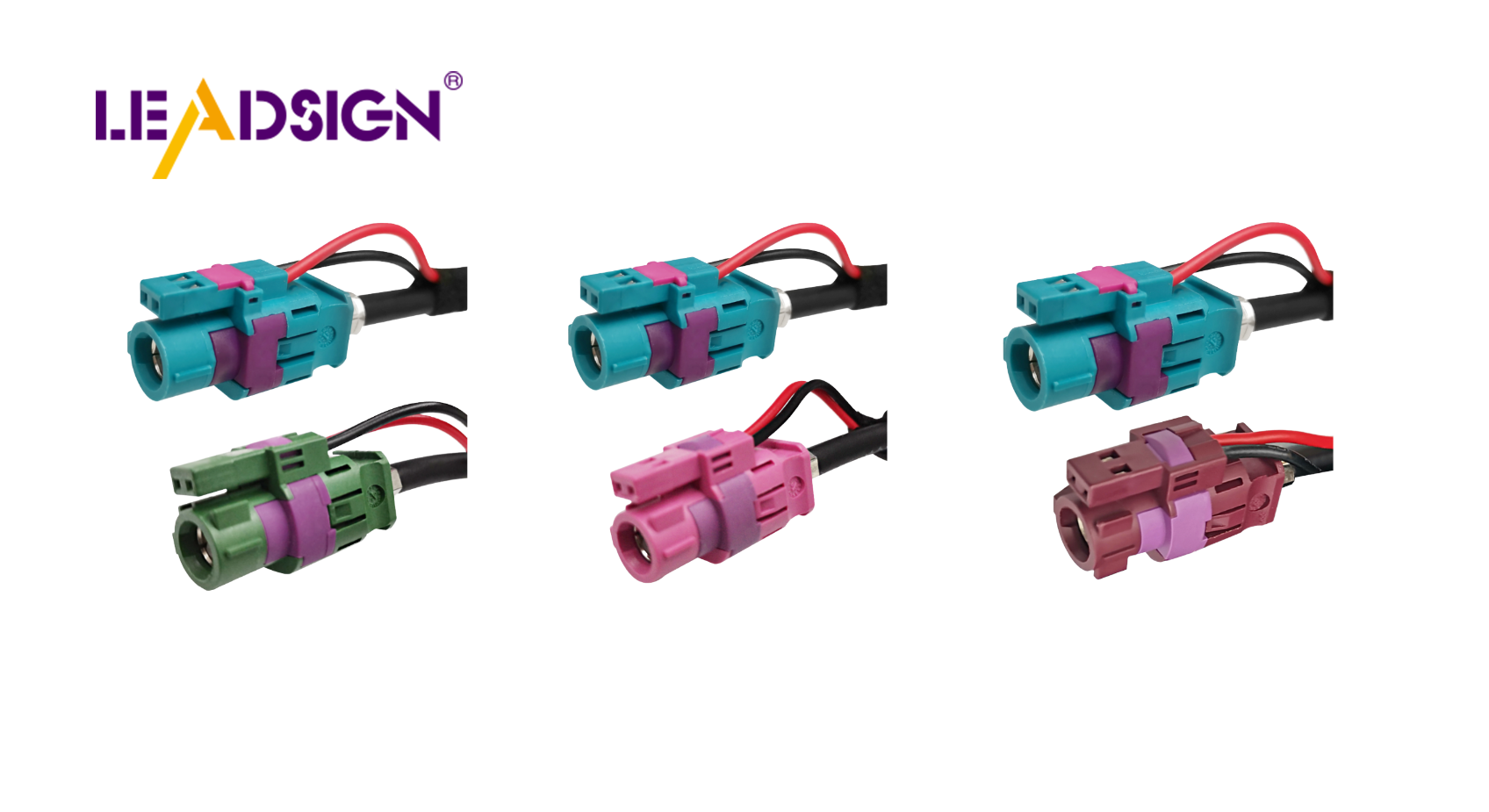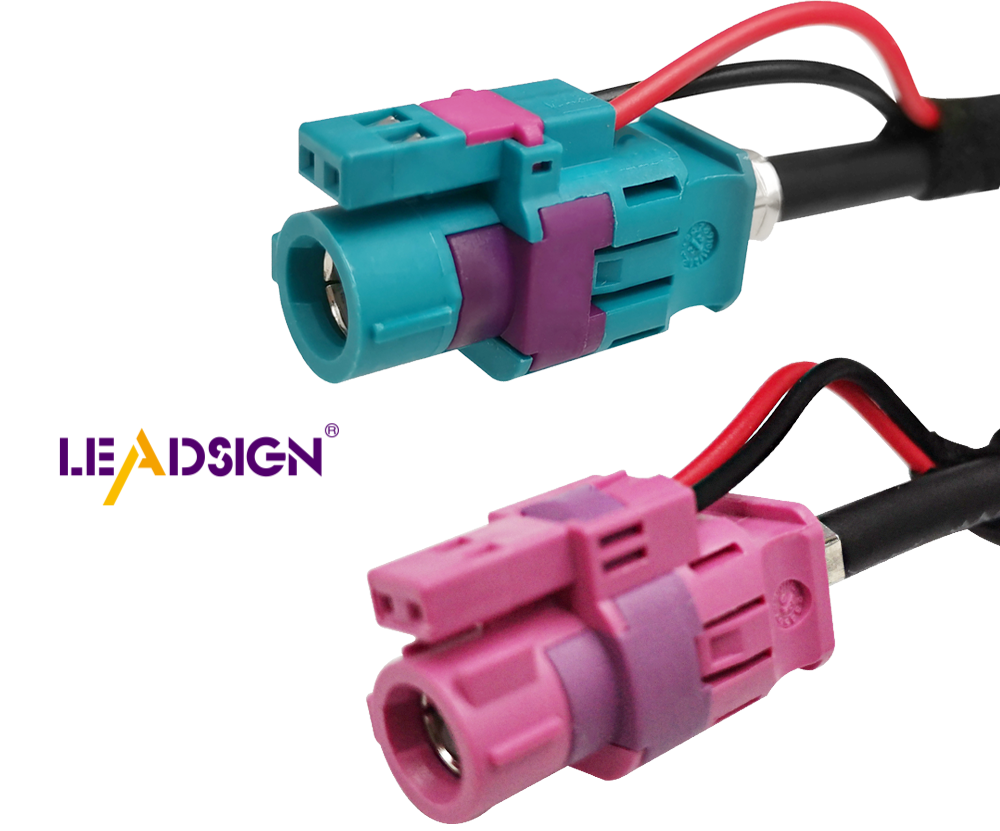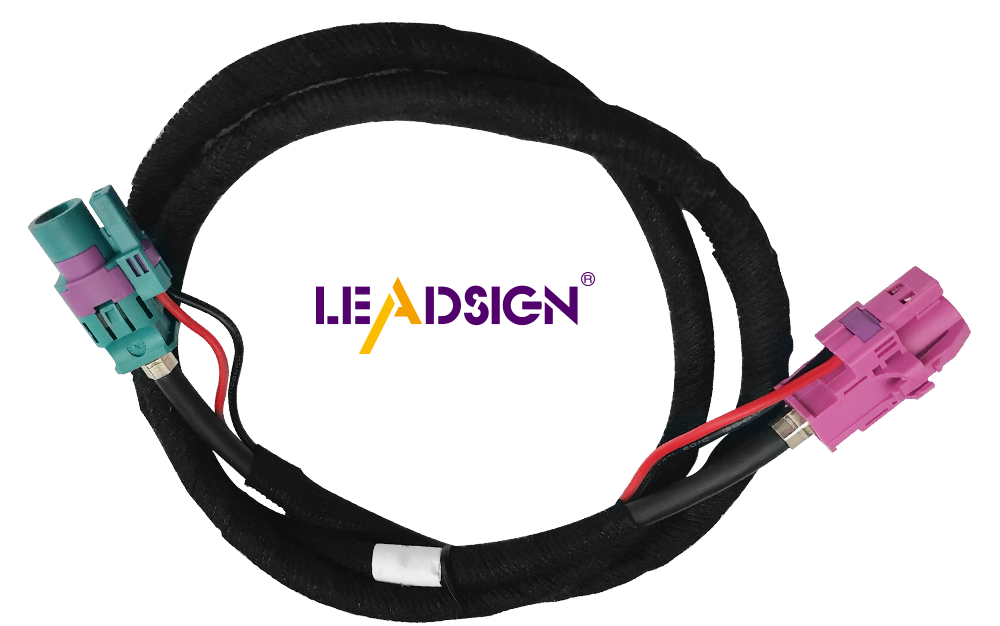Custom Wire Cables: A Guide to Vehicle Cable Selection

Choosing the right vehicle cable is very important. It keeps your car safe and working well. Think about the wire type and how you will use it. For example, welding cables can handle 600V. But cars usually use 12V or 24V. This shows why picking the right cable matters. Good vehicle wiring makes cars work better. It also lowers risks, like rollovers. SUVs and pickups roll over about 13% of the time.
Key Takeaways
Choosing the right vehicle cable is crucial for safety and performance; it can prevent issues like overheating and electrical failures.
Understand the different wire types—primary wires, battery cables, and specialized wires—to select the best option for your vehicle's needs.
Consider wire materials carefully: copper offers better conductivity but is heavier and more expensive, while aluminum is lighter and cheaper but requires a larger gauge.
Pay attention to wire gauge; thicker wires can carry more power safely, reducing the risk of overheating.
Use proper connectors and ensure secure connections to maintain the integrity of your vehicle's electrical system.
Familiarize yourself with color coding in car wiring to avoid mistakes and ensure efficient repairs.
Regularly inspect your vehicle's wiring for damage and ensure connections are tight to enhance safety and reliability.
Overview of Automotive Wire Types

Knowing about different car wires is important. It helps you pick the right one for your car. Each wire type has special jobs. This makes sure your car works well and safely.
Primary Wires
Features and applications
Primary wires are key in car wiring. They are used in many car tasks. These wires have different designs. They work well in cars and boats. The SXL primary wire is strong and handles heat. It is great for hot places under the hood. Its tough design lasts long even in rough spots.
Common uses in vehicles
In cars, primary wires are used for low-power circuits. They link things like lights and horns. The GPT primary wire is liked because it bends easily and handles tough spots. If you are wiring headlights or a stereo, primary wires are reliable.
Battery Cables
Characteristics and importance
Battery cables are important for car power. They link the battery to the car's electric system. These cables often have PVC or XLPE covers. This makes them less bendy but well-protected. The TXL automotive wire is light and thin. It works well in small spaces.
Typical applications
Battery cables help start the car and power its systems. They are used where high power is needed, like with the starter motor. The GXL and TXL wires are used here. They are strong and carry power well for car needs.
Specialized Wires
Types and functions
Special wires meet special car needs. They include cross-link wires for hot areas and shielded cables to block interference. These wires are key in cars with advanced electronics.
Use cases in automotive settings
In cars, special wires are used for engine systems and sensors. They make sure electronics get clear signals. If you upgrade car electronics or add navigation, picking the right wire is important for best results.
Important Things to Know When Picking Wires
Picking the right automotive wire for your car needs some thinking. You need to know a few important things. These help the wire work well and keep your car safe and running smoothly.
Wire Materials
Copper and Aluminum
When choosing wire materials for cars, you often pick copper or aluminum. Copper is very good at carrying electricity and lasts long. It can carry more power with less trouble, so it's great for strong automotive wire. But, copper is heavy and costs more. Aluminum is lighter and cheaper. It needs to be bigger to carry the same power as copper. This makes aluminum good for when weight and money matter.
Types of Insulation
Insulation keeps wires safe. Different types are good for different car uses. PVC insulation is popular in automotive wire because it stands up to oil and acids. The SXL primary wire has special insulation that handles heat and tough places. Picking the right insulation depends on where you'll use the wire in your car.
Amperage
Knowing How Much Current
Amperage is how much power a wire can carry safely. Knowing this helps you pick the right vehicle cable. If a wire can't handle enough power, it might get too hot and cause problems. Always check how much power your car parts need to make sure they match.
Matching Wire to Car Needs
To match the wire to your car's needs, think about how much power each part needs. For example, a battery cable needs to handle lots of power to start the engine. Using wires like GXL or TXL makes sure the cable can handle this without problems.
Wire Gauge
Thickness of Wire
The gauge tells how thick a wire is. Thicker wires (with smaller numbers) carry more power. In cars, picking the right thickness is important. A wire that's too thin might not carry enough power and could get too hot.
Picking the Right Thickness
Choose the right thickness by thinking about how long the wire is and how much power it needs to carry. Longer wires need to be thicker to stop power loss. Always look at a gauge chart to pick the right thickness for your vehicle cable.
Connections
Types of connectors
When picking connectors for your car's wires, you have choices. Each type has a job to help your car's electric system work well. Here are some common connectors you might see:
Crimp Connectors: These are often used in cars. They hold the wire tight by squeezing it. Crimp connectors are strong and easy to use, so many people like them for car wiring.
Solder Connectors: These make a strong link by melting metal onto the wire. Soldering is great for connections that need to be very reliable.
Quick Disconnects: These let you easily take wires apart and put them back. They are handy when you need to change parts often, like during repairs.
Butt Connectors: These join two wires end-to-end. They are simple and work well when you need to make a wire longer or connect two wires of the same size.
Picking the right connector depends on what your car's electric system needs. Think about where it will be used, the wire type, and how much power it will carry.
Ensuring secure connections
Making sure your car's wires are connected well is important for safety. A loose connection can cause problems with important parts like the battery. Here are some tips to keep connections secure:
Proper Crimping: Use the right tool for crimping. A good crimp should be tight with no gaps. This helps the wire stay in place and work well.
Soldering Techniques: When soldering, heat the wire and connector evenly. Use just enough solder to cover the joint. This makes a strong link without weak spots.
Insulation: After connecting, cover the joint with heat shrink tubing or tape. This keeps out water and stops short circuits.
Regular Inspection: Check your car's connections often for damage. Look for rust, broken wires, or loose parts. Fix any problems quickly to keep the electric system working well.
By knowing about connectors and using good practices, you can make your car's wiring safer and more reliable.
Practical Tips for Picking the Right Wire
Choosing the right wire for your car needs some tips. These tips help keep your car's wiring safe and working well.
Color Coding
Why color coding matters
Color coding is very important in car wiring. It helps you find wires fast and avoid mistakes. When fixing your car's wires, knowing colors saves time and stops errors. This makes sure each wire goes to the right part, keeping the car's wires working right.
Common color codes in car wiring
In cars, color codes show what each wire does. For example, black wires are often for ground, and red wires carry power. Knowing these codes helps you fix and repair your car's wires. Always check your car's manual for exact color codes, as they can be different for each car maker.
Usual Uses
Matching wire types to uses
Picking the right wire for its job is key for good work. For example, sxl wire is good for hot places because it handles heat well. Gxl and txl wires are good for tight spots because they bend easily. Knowing what your car needs helps you pick the best wire for each job.
Avoiding common errors
Avoiding mistakes in car wiring can stop problems. A common mistake is using the wrong wire size, which can get too hot. Always check what power your car parts need and pick a wire size that can handle it. Another mistake is not making connections tight. Loose connections can cause problems or hurt your car's wires. By watching these things, you can make sure your car's wires work well and safely.
Differences Between Similar Products

Knowing how similar products differ helps you pick the right vehicle cables. Let's look at welding cables and battery cables, and also coaxial cables and fiber optic cables.
Welding Cable vs. Battery Cable
Key differences
Welding and battery cables look alike but do different jobs. Welding cables handle high power and bend easily. They have thin copper strands, making them flexible. This is great for welding where cables move a lot.
Battery cables are less bendy but stronger. They are thicker with tough covers to handle rough conditions. They connect the battery to the car's electric system for good power flow.
Appropriate use cases
Welding Cable: Use these when you need cables to bend a lot. They are great for welding machines and tools that move often.
Battery Cable: Pick these for cars where strength and power flow matter. They connect the battery to the starter and other strong parts.
Coaxial Cable vs. Fiber Optic Cable
Differences in data transmission
Coaxial and fiber optic cables send data differently. Coaxial cables use copper to send signals. They work well for radio and can handle medium data speeds.
Fiber optic cables use light to send data. They carry more data faster and farther without losing signal. They don't get messed up by other signals, so they are good for fast data.
Use cases in automotive electronics
Coaxial Cable: In cars, these are used for radio antennas and other radio jobs. They send signals well for sound and video systems.
Fiber Optic Cable: Use these for fast data needs, like fancy entertainment systems and car networks. They help parts talk quickly and clearly.
By knowing these differences, you can pick the best cable for your needs, making sure everything works well and lasts long.
Choosing the right car wires is very important. It helps your car work well and stay safe. Think about the wire type, thickness, and cover. Each choice affects how your car runs. For example, welding cables bend easily and handle heat well. They are good for special uses. But battery cables are stronger for car needs. Knowing these differences helps you choose better. Always pick wires that fit your car's needs for best performance and long life.
FAQ
What is the most important thing when picking vehicle cables?
Choosing the right wire is key. Wrong wires can cause problems and fires. Know what your car needs to choose wisely.
Should I pick copper or aluminum wires for my car?
Copper and aluminum have pros and cons. Copper is strong and good for big power but costs more. Aluminum is lighter and cheaper but needs to be bigger. Think about your budget and needs.
How does wire thickness matter in picking cables?
Wire thickness shows how much power it can carry. Thicker wires (smaller numbers) carry more power. Pick the right thickness to stop overheating. Use a chart to match wires to your car.
Why is insulation important for car wires?
Insulation keeps wires safe from oil and acids. It stops shorts too. Different insulation works for different uses. PVC is strong and common. Pick based on where you'll use it.
How do I make sure car wire connections are safe?
Safe connections are important. Use the right tools for tight connections. Soldering makes strong links. Cover joints with tubing or tape to keep out water.
What does color coding do in car wiring?
Color coding helps you find wires fast. Each color means something, like black for ground. Learn color codes to fix wires easily.
Can I use welding cables as battery cables?
Welding and battery cables do different jobs. Welding cables bend and handle high power. Battery cables are strong and connect the battery. Use each for its job.
What are coaxial and fiber optic cables in cars?
Coaxial cables use copper for signals, good for radio. Fiber optic cables use light, faster for data. Use fiber optic for fast systems.
How do I stop mistakes in car wiring?
Don't use wrong wire sizes; they overheat. Make sure connections are tight. Check wires often for damage and fix them fast.
Why match wire types to jobs?
Matching wires to jobs makes them work best. SXL wire is good for heat. GXL and TXL are good for tight spots. Know your car's needs to pick the best wire.
See Also
Maximizing Automotive Data Flow With Superior Connectors And Cables
Boosting Data Transfer: Significance of Fast Automotive Connectors
Improving Automotive Data Flow Using FAKRA PCB Connectors
Significance of FAKRA Connectors in Today's Automotive Industry

